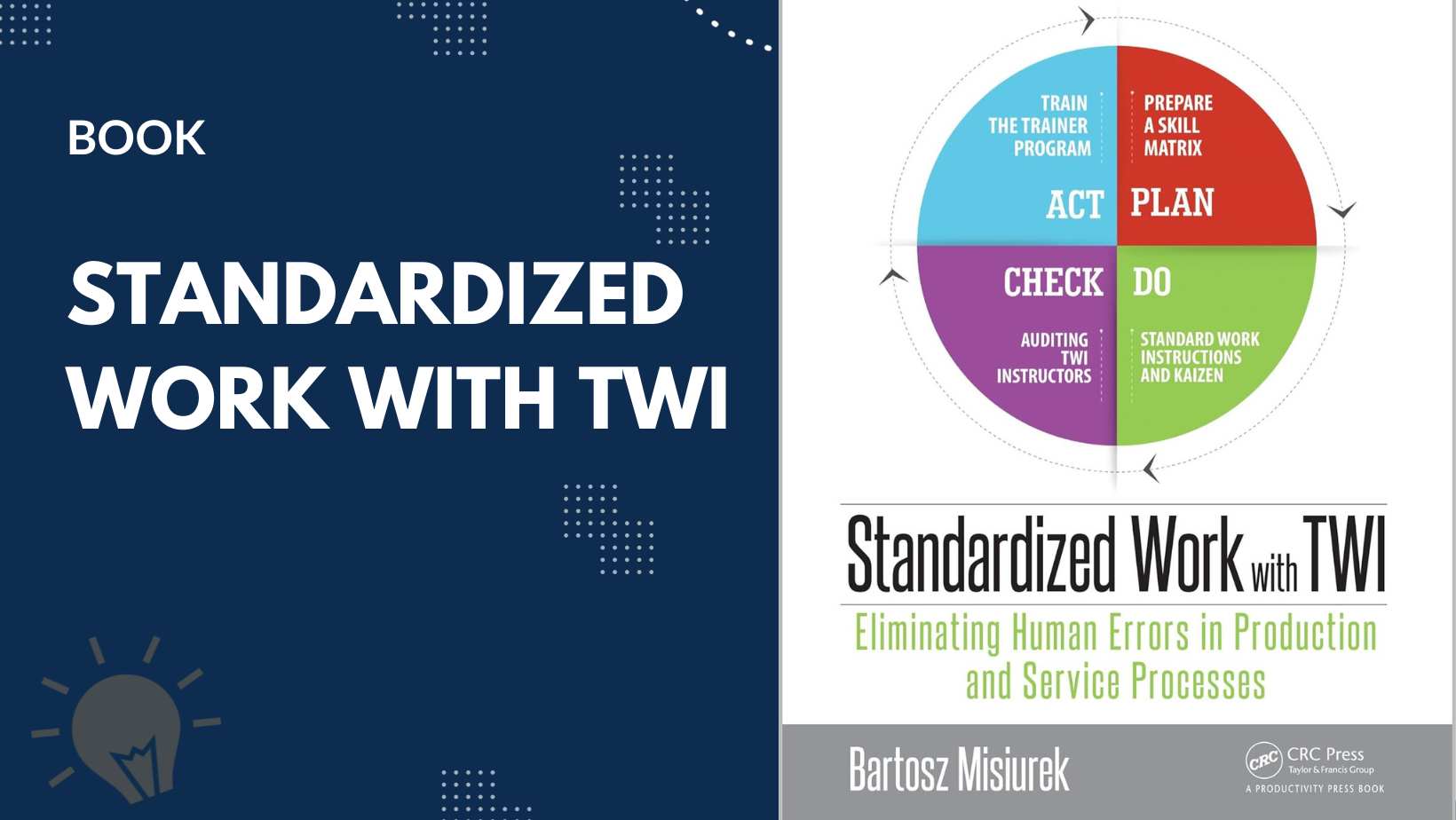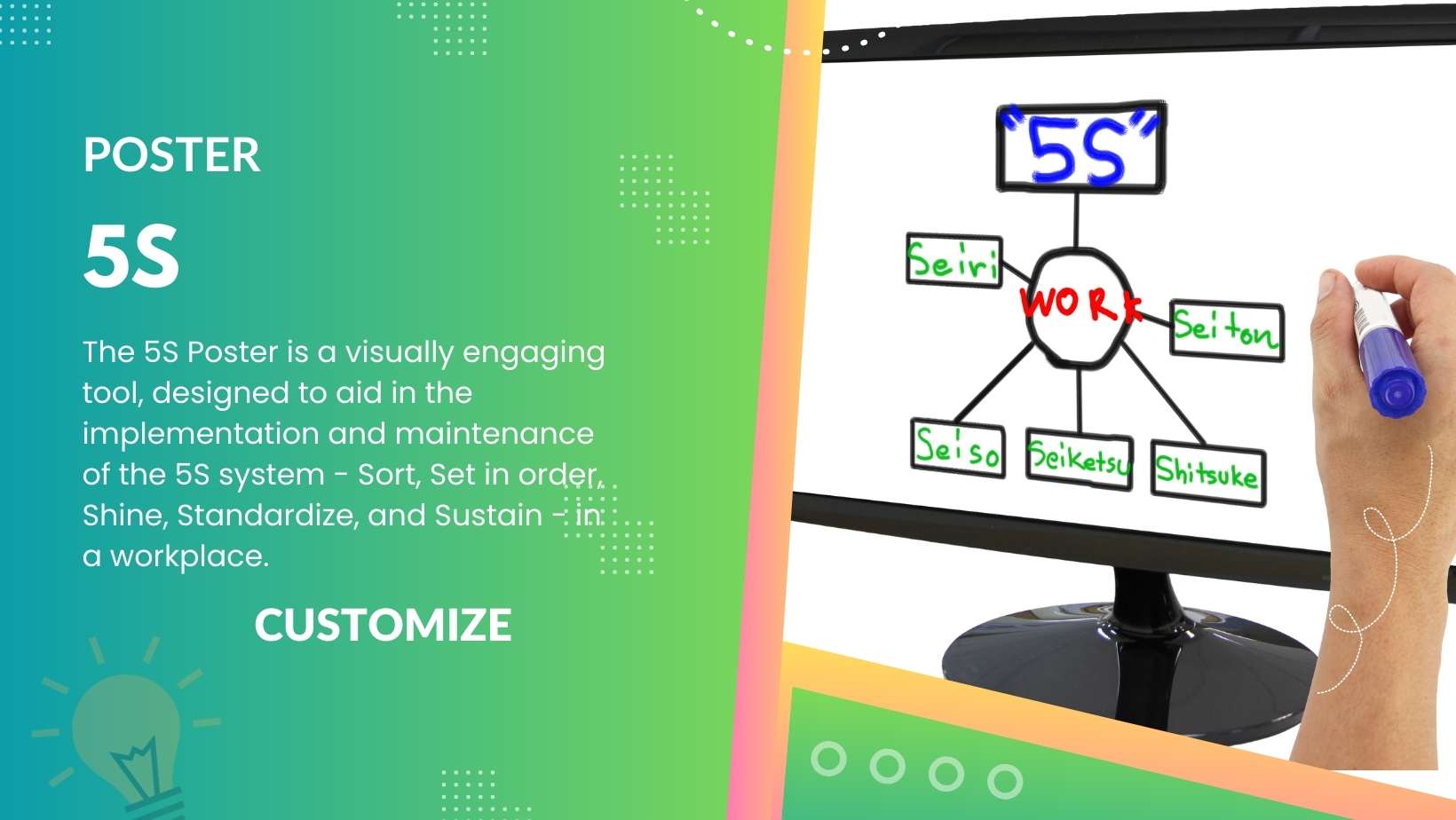Efficiency is a critical aspect of any manufacturing process. By identifying and resolving problems, companies can enhance their productivity, reduce waste, and improve overall profitability. In this article, we will explore various problem-solving techniques that can help enhance manufacturing efficiency. From root cause analysis to data-driven decision-making, these techniques can empower manufacturers to identify and resolve issues effectively. By implementing these techniques, companies can achieve continuous improvement and streamline their production processes.
Table of Contents
ToggleAnalyzing Efficiency: Identifying Manufacturing Problems
The first step in solving any problem is identifying it. In manufacturing, this involves analyzing efficiency to determine where issues lie. By conducting a thorough analysis, manufacturers can pinpoint areas that require improvement. This can be achieved by collecting data on key performance indicators (KPIs) such as production output, cycle times, and defect rates. Analyzing this data can provide valuable insights into problematic areas and serve as a foundation for problem-solving efforts.
Root Cause Analysis: Uncovering the Source of Issues
Once a problem is identified, it is crucial to uncover its root cause. Root cause analysis is a technique that aims to determine the underlying reason behind a problem. By identifying the root cause, manufacturers can address the issue at its source, preventing its recurrence in the future. Root cause analysis involves techniques such as fishbone diagrams, fault trees, and cause-and-effect analysis. These tools help manufacturers investigate the multiple factors that contribute to a problem and find the most effective solutions.
The 5 Whys: A Powerful Tool for Problem Identification
The 5 Whys is a simple yet powerful problem-solving technique that helps manufacturers dig deeper into the root cause of a problem. It involves asking “why” five times to identify the underlying causes. By repeatedly asking “why,” manufacturers can uncover the true cause of the problem, rather than just addressing its symptoms. This technique encourages critical thinking and helps stakeholders understand the interdependencies between different issues. By using the 5 Whys, manufacturers can focus their problem-solving efforts on the most crucial areas.
Data-Driven Decision Making: Leveraging Manufacturing Data
In today’s digital age, manufacturing companies have access to vast amounts of data. By leveraging this data, manufacturers can make informed decisions to enhance efficiency. Data-driven decision making involves collecting, analyzing, and interpreting data to identify patterns, trends, and opportunities for improvement. By using statistical tools and techniques, manufacturers can gain valuable insights into their production processes. Data-driven decision making empowers manufacturers to make evidence-based decisions, leading to targeted problem-solving efforts and improved overall efficiency.
Kaizen Methodology: Continuous Improvement in Manufacturing
The Kaizen methodology, rooted in the Japanese philosophy of continuous improvement, is a powerful problem-solving technique in manufacturing. Kaizen emphasizes the involvement of all employees in identifying and resolving problems. It encourages small, incremental changes that collectively lead to significant improvements. This methodology fosters a culture of continuous improvement, where every employee is encouraged to contribute ideas and suggestions for enhancing efficiency. By implementing Kaizen, manufacturers can create a dynamic and evolving environment that continually strives for greater efficiency.
Lean Manufacturing Principles: Streamlining Production
Lean manufacturing principles focus on eliminating waste and streamlining production processes. By identifying and eliminating non-value-added activities, manufacturers can improve efficiency and reduce costs. Lean principles, such as Just-In-Time (JIT) production and Kanban systems, aim to optimize workflow and minimize inventory. By implementing lean manufacturing techniques, manufacturers can ensure that resources are utilized efficiently, and production flows smoothly. Lean principles, combined with problem-solving techniques, can result in significant improvements in manufacturing efficiency.
6 Sigma Approach: Minimizing Variability in Manufacturing
The 6 Sigma approach is a data-driven methodology that aims to minimize variability and defects in manufacturing processes. By reducing process variation, manufacturers can improve product quality and overall efficiency. The 6 Sigma approach involves defining, measuring, analyzing, improving, and controlling processes to achieve near-perfection. This methodology uses statistical tools and techniques to identify and eliminate the root causes of defects. By implementing the 6 Sigma approach, manufacturers can achieve higher levels of consistency and reduce waste, ultimately enhancing manufacturing efficiency.
Value Stream Mapping: Visualizing Manufacturing Processes
Value stream mapping is a technique that visually represents the flow of materials and information through a manufacturing process. By mapping the current state of a process and identifying areas of waste, manufacturers can make informed decisions to improve efficiency. Value stream mapping helps manufacturers visualize the entire production process, including process steps, time spent on each step, and inventory levels. This technique highlights areas of inefficiency and provides a roadmap for problem-solving efforts. By eliminating non-value-added activities and optimizing process flows, manufacturers can enhance their overall efficiency.
PDCA Cycle: A Plan-Do-Check-Act Framework for Improvement
The PDCA cycle, also known as the Deming Cycle or the Plan-Do-Check-Act cycle, is a problem-solving framework widely used in manufacturing. It involves four stages: Plan, Do, Check, and Act. In the Plan phase, manufacturers identify problems and develop improvement plans. In the Do stage, they implement the planned changes. In the Check step, they assess the results and compare them with the desired outcomes. Finally, in the Act stage, they analyze the results and make adjustments accordingly. The PDCA cycle provides a structured approach to problem-solving and ensures continuous improvement in manufacturing efficiency.
Standard Work Procedures: Enhancing Manufacturing Efficiency
Standard work procedures serve as a foundation for manufacturing efficiency. By establishing standardized processes and work instructions, manufacturers can eliminate variation and ensure consistent outcomes. Standard work procedures define the best practices for each task and provide a benchmark for evaluating performance. By adhering to these procedures, manufacturers can reduce errors, minimize waste, and improve overall efficiency. Regular review and revision of standard work procedures further enhance manufacturing efficiency by incorporating improvements and lessons learned.
Team Collaboration: Fostering Problem-Solving Culture
Effective problem-solving in manufacturing requires collaboration and teamwork. By fostering a culture of problem-solving, manufacturers can tap into the collective knowledge and skills of their workforce. Encouraging employees to collaborate, share ideas, and participate in problem-solving efforts can lead to innovative solutions and continuous improvement. Building cross-functional teams that include representatives from different departments can provide diverse perspectives and increase the chances of identifying and resolving problems effectively. By promoting team collaboration, manufacturers can create a supportive environment that values continuous learning and problem-solving.
Enhancing Efficiency through Problem Solving Techniques
Problem-solving techniques play a crucial role in enhancing manufacturing efficiency. By applying techniques such as root cause analysis, the 5 Whys, data-driven decision making, and the Kaizen methodology, manufacturers can identify and resolve problems effectively. Lean manufacturing principles, the 6 Sigma approach, value stream mapping, the PDCA cycle, and standard work procedures further contribute to streamlining production processes and minimizing waste. By fostering a culture of problem-solving and encouraging team collaboration, manufacturers can create an environment that values continuous improvement. By embracing these problem-solving techniques, manufacturers can enhance their efficiency, reduce costs, and achieve sustainable success in the competitive manufacturing industry.









